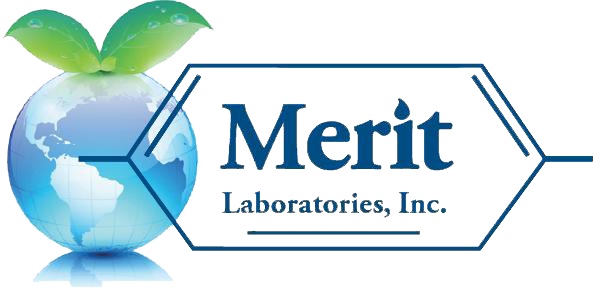The Michigan Department of Environment, Great Lakes, and Energy (EGLE) released an update on the foam that often appears on Lakes and Streams. The EGLE routinely receives complaints about foam on rivers or lakes. This foam can be naturally occurring foam or foam caused by environmental pollution. Many things can be introduced into a lake or stream that may cause foam to form.
While some foam is naturally occurring, PFAS can form foam on lakes and rivers that is a result of PFAS contamination. Scientists are still studying why and how PFAS foam appears in some lakes and streams. There are key identifiers that you can use to distinguish PFAS foam from naturally occurring foam. Generally, PFAS foam:
can be bright white
is usually lightweight
can be sticky
tends to pile up like shaving cream
can blow onto the beach
Foam can have much higher concentrations of PFAS than the body of water it is found in. Foam can also contain harmful bacteria. Swallowing foam with PFAS could be a risk to your health. The MDHHS recommends that everyone avoid foam on lakes and rivers impacted by PFAS contamination. If you suspect PFAS foam has formed on a lake or river, you have a few options to report its suspected presence.
Fill out the foam sighting form: MiWaters Spill/Incident/Pollution form. You can include photos of the foam when you access this link.
Call the 24-hour Pollution Emergency Alert (PEAS) hotline at 800-292-4706 to report the foam.
The MDHHS is working with the local health departments that have PFAS sites within their local jurisdictions. Based on the PFAS levels in foam on local lakes and rivers, the health departments may issue advisories and post signs about the PFAS form advisories near rivers or lakes. For more information about PFAS foam, visit the Frequently Asked Questions and refer to MDHHS’s Foam and PFAS Fact Sheet.
Merit Laboratories is a leading national PFAS environmental laboratory, analyzing drinking water, soil, wastewater, groundwater, and other sample matrices, including biosolids and sludge. Analytical methods performed by Merit for PFAS include drinking water by EPA 533, EPA 537.1, and EPA 537 rev. 1.1, biosolids by ASTM D7968-17 with Isotopic Dilution, and soil, wastewater, groundwater, and surface water by ASTM D7979-19 with Isotopic Dilution and ASTM D7968-17.

